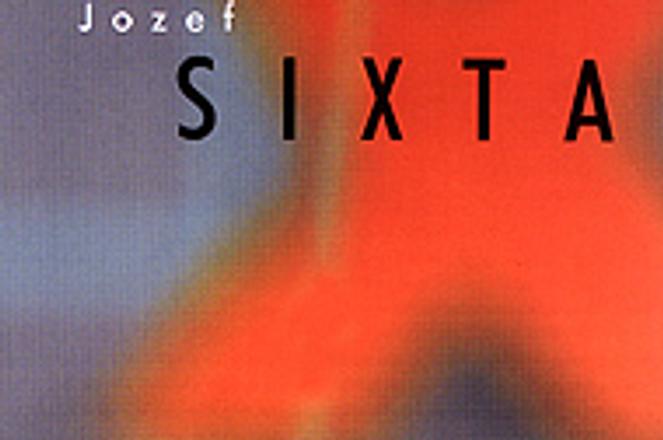photo: cover
Chamber Music, Jozef Sixta, Published by: Music Fund, Price: Sk300, Available at: www.musicaslovaca.sk
IMPORTANT moments and tendencies in the work of Slovak Jozef Sixta, born in 1940, make the focus of this profile album. The composer, pianist, and teacher came to prominence when he struck out in an avant-garde direction in the 1960s and throughout his career maintained his strict formalist approach.
Departing from their usual technique, the Music Fund did not purchase this album's recordings from Slovak Radio. Instead, they recorded them themselves, as performed by the younger generations of the country's musicians and some of the composer's contemporaries. For practical reasons, this approach directed the fund to Sixta's chamber, rather than orchestral works.
The album begins with String Quartet No. 1, the piece that put the composer at the head of the domestic music vanguard in 1965. In it he adopted techniques of the Polish school in metre, polyphony, and harmony and employed controlled aleatoricism, leaving some, but not all, interpretative decisions up to the performer.
A decade later, he returned to strict metre in the pieces Solo for Piano and Recitative for Cello, which was originally written for violin and was transcribed for the cello in 1995.
Sixta's most played work, Piano Sonata, was composed in 1985. Based on a condensed sonata cycle, it joins polyphony (multiple simultaneous but independent melodies) and harmony (the opposite) in the presentation of a dramatic arc of thematic transformations.
Sixta's latest significant chamber opus is Trio for Clarinets, composed in 1992. The piece's three movements are first a canon, then a fast three-quarter-time scherzo with variations, and finally metrical music with loose aleatoric textures.
According to the liner notes, Sixta is exclusively interested in "absolute music"; extra-musical associations, vocal music, stylistic allusions, and interdisciplinary forms are alien to him. This calculated disregard for ideological content makes him the heir of musical formalism, and can be seen as an expression of human freedom in the face of the dogma of socialist realism.
And what does the album sound like? Those with an ear for modern compositional history and developments will find it interesting. Those without such an ear may find it dry or cold - a result of what the liner notes call Sixta's "radical logical severity".


